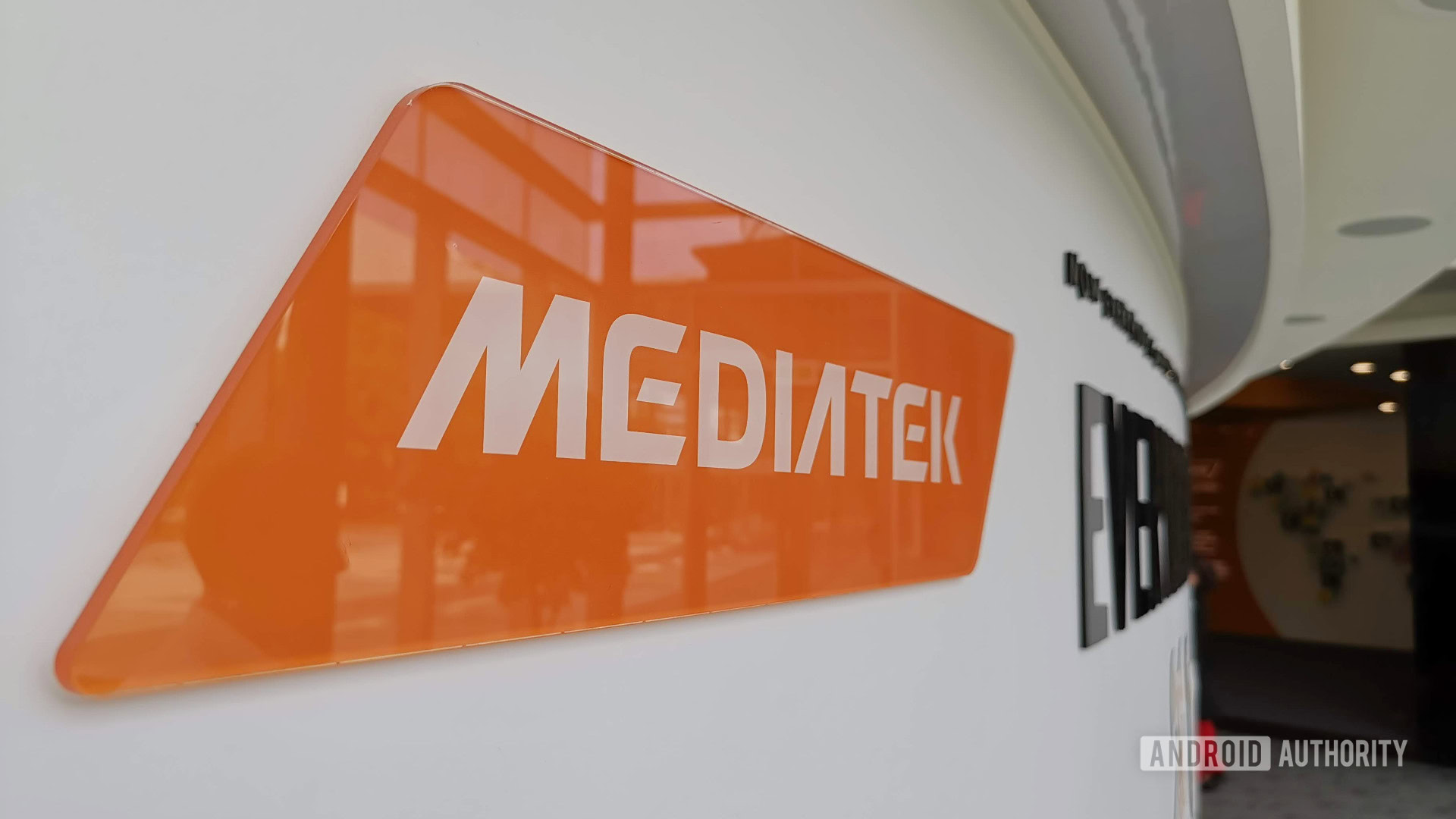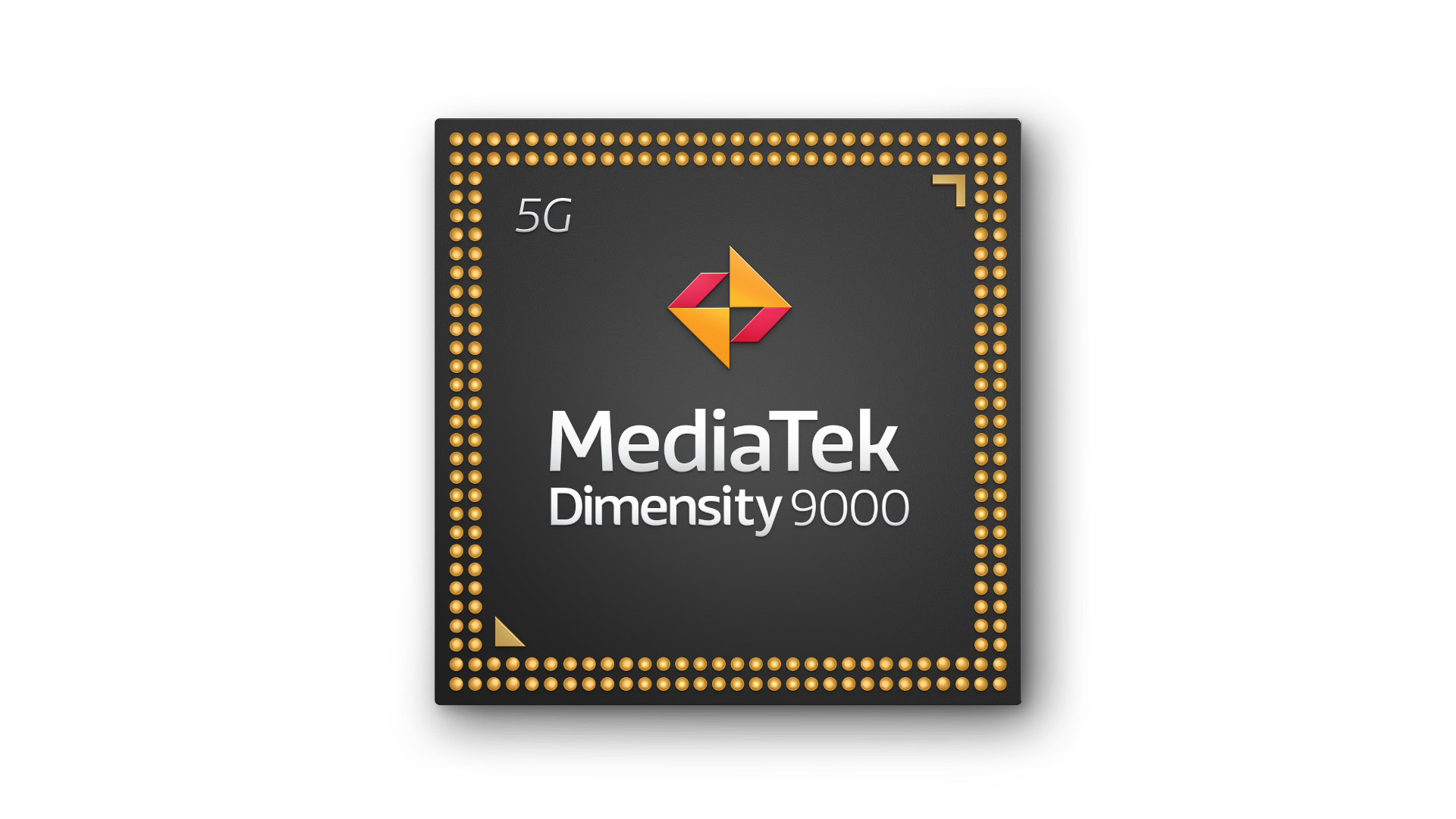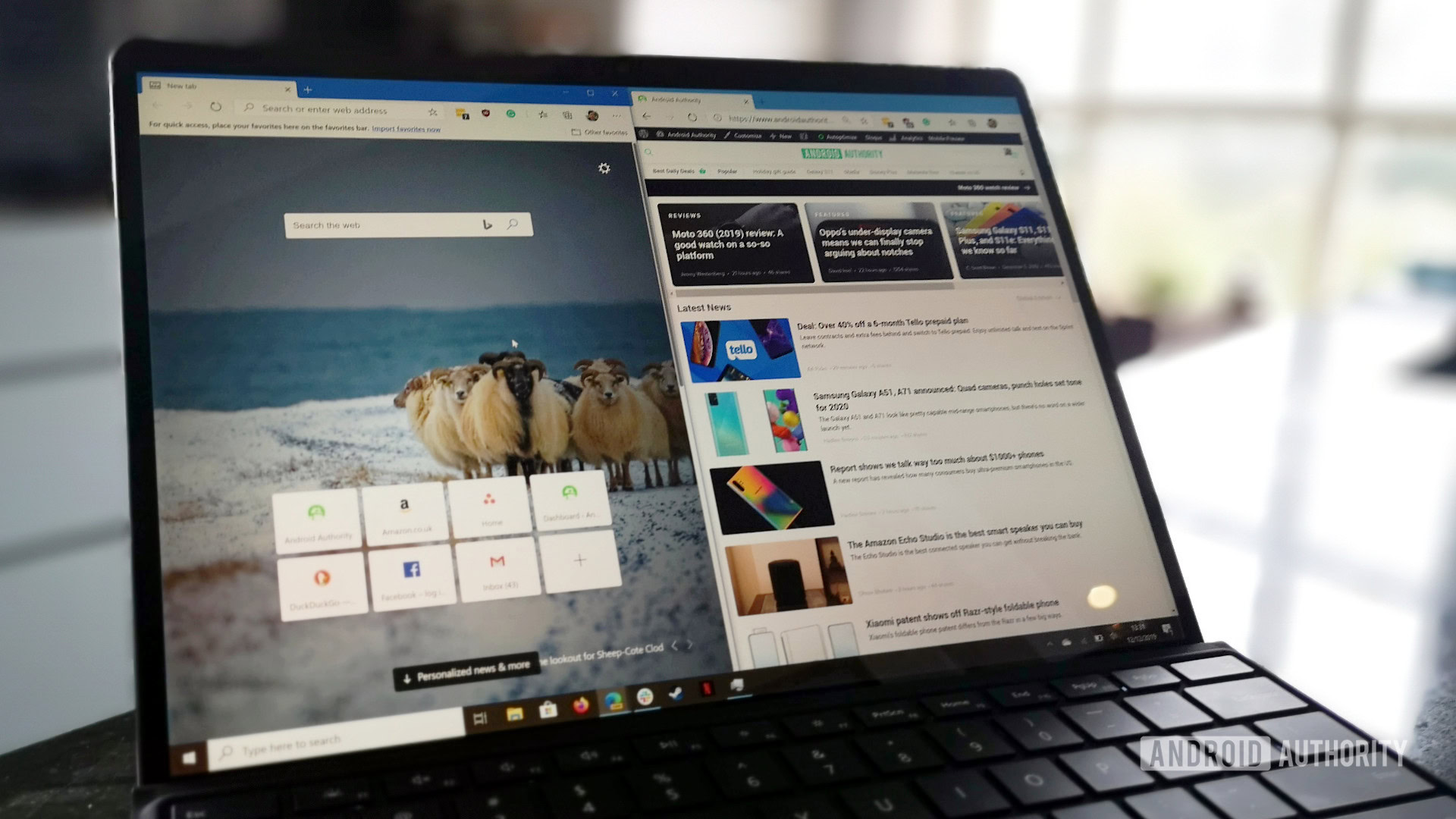Affiliate links on Android Authority may earn us a commission. Learn more.
MediaTek: Only one company has heating issues, and it's not us
Published onNovember 19, 2021

- MediaTek representatives have dismissed heating concerns regarding the Dimensity 9000.
- A company executive pointed the finger at rival chip designer Qualcomm instead.
MediaTek has just announced the Dimensity 9000 processor, intending to take on Qualcomm’s best flagship chipsets. Between the TSMC 4nm process, CPU layout, and impressive imaging capabilities, this chipset definitely has the potential to steal some thunder from Qualcomm and Samsung’s 2022 silicon.
The announcement also comes after reports earlier this year that the current Snapdragon 888 series processor, built on a Samsung 5nm process, suffers from overheating and/or throttling. In saying so, our own testing suggests that the Qualcomm chipset throttles later than the Samsung Exynos 2100 (albeit at the expense of endurance).
That makes us wonder whether MediaTek has concerns about heating too. However, the company’s vice-president and general manager of marketing Finbarr Moynihan expressed confidence in the processor in an interview with Android Authority:
I think it’s fairly well-understood that it [the Snapdragon 888 series – ed] didn’t deliver the experience that was promised or expected, right? I think what I would say is we’re very confident, and obviously we’re sampling this chip to our major customers and the feedback we’re getting is quite promising as well.
“When it comes to the device-to-device comparisons with what we think is going to be out there from our competitor, we believe we will have advantages in power consumption for flagships next year,” the representative said. Of course, we’re expecting all the major players to move to 4nm designs in 2022 (be it from TSMC or Samsung), which should result in better power efficiency.
“There’s only one company having issues with heating right now. And it’s not us,” added Kevin Keating, MediaTek’s global PR director. “The competitor (Qualcomm) likes to toss that around at MediaTek, but we have not had heating issues.”
The real proof will be in flagship devices next year, so we look forward to testing phones powered by the Dimensity 9000 and next-generation Snapdragon SoCs.
On supply concerns and mmWave

Another potential concern for MediaTek and the industry at large is the global chip shortage. We’ve previously seen phones delayed or releases restricted to a few markets due to the shortfall. But the company thinks it’s in the clear here.
“I think we’re very confident when it comes to things like the SoC,” Moynihan says, pointing to its 4nm, 6nm, 7nm, and 12nm products.
“I think the areas where we’re balancing things are perhaps power management, Wi-Fi, and we can make some trade-offs in our portfolio internally,” he added, noting that their 5G radio chips and 4G SoCs are built on the same process, allowing them to juggle production accordingly.
But I think we’re confident that we’ve secured enough capacity for the high-end, for sure, for next year.
It’s also worth noting that the Dimensity 9000 doesn’t actually have mmWave support. But Moynihan told us that we’ll see launches and devices next year, with the first mmWave-toting Dimensity chips coming in the tiers below the Dimensity 9000.
This is also supported by the company posting a slide (h/t: Anshel Sag on Twitter) at its executive summit this week, suggesting that MediaTek-powered mmWave phones in the $300+ segment will be released next year.
Of course, mmWave is mainly used in the US, but the company says it isn’t expecting to make major inroads in this market with the new processor. Nevertheless, it’s still a notable omission given that rival SoCs from Qualcomm and Samsung offer this feature.
MediaTek’s Windows on Arm push

The premium flagship smartphone segment isn’t the only new focus area for MediaTek though, as CEO Rick Tsai noted last month that it wants to team up with Microsoft for Windows on Arm computers. Moynihan echoed this sentiment as well.
“We’ve also stated recently that we are working on Windows on Arm. We’re committed to being in that space. I think you can see from what’s shown here [Dimensity 9000 – ed] that there’s certainly a capability inside the company to deliver solutions that could hit that Windows on Arm space,” Moynihan explained.
Those expecting MediaTek-powered Windows computers in 2022 might be disappointed though:
Don’t expect us to be in the space next year, this is kind of a longer term play for us. But our CEO, our senior leadership have said this is a space we want to be in and we will work aggressively on that as well.
The MediaTek representative also pointed to a few potential hurdles for the company before it releases Windows on Arm chipsets.
“There are a lot of issues with GPU drivers, with software emulation, that require a lot of time and effort,” Moynihan explained, adding that peripherals also add more complexity to the challenge.
In any event, between a proper flagship chipset on paper, Windows on Arm plans, and affordable mmWave aspirations, MediaTek seems to have a lot in the pipeline. But we’re eager to see whether things work out as planned this time.